As an Amazon Associate, I get commissions for purchases made through links in this post. At no extra cost to you! ^_^
I’m sure for a lot of you, tea is something you drink on a regular, if not daily basis. For me, it’s matcha tea, or maybe a gyokuro tea if I’m feeling fancy. I feel fancy pretty often… I won’t lie. Or hey, maybe you’re a coffee person instead!
But what about Japanese milk tea?
Whilst it’s probably not something you’ve heard of, it’s an extremely popular tea in Japan.
Today we’re going to look at two of the biggest producers of Japanese milk tea, Hokkaido and Okinawa.
In short, the difference between them both is that Hokkaido milk tea uses fresh Hokkaido milk to give it a unique taste, whereas Okinawa milk tea uses Kokuto, the world’s healthiest brown sugar.
While these are the most apparent differences between the two Japanese milk teas, it’s important we look at each industry as a whole to truly understand the differences.
Note from future Jonny (the one writing this!): It’s been a while since I wrote this article and in the meantime, I’ve been able to try a fantastic Japanese Tea Subscription box. So if you’re looking for a way to properly experience the Japanese tea ceremony, give that article a read!
Quick Japanese vocabulary lesson:
Japanese milk vocabulary
Soy Milk: Tōnyū 豆乳
Milk: Gyūnyū 牛乳
The history of milk and dairy in Japan
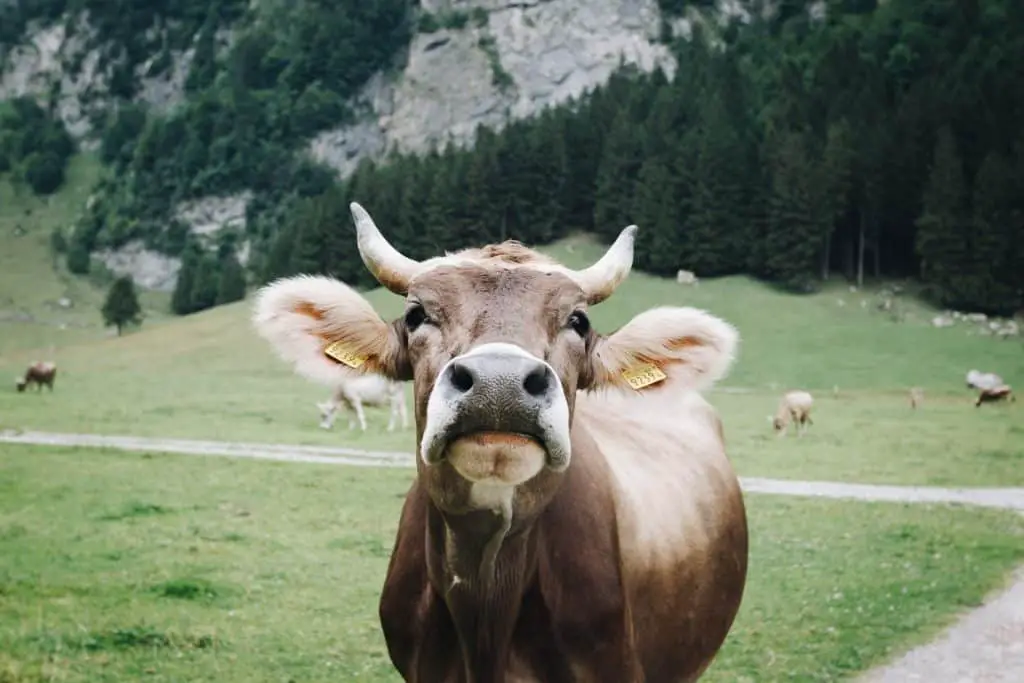
Before we jump into exploring the differences between both island teas, I think it’s important to understand Japan’s relationship with dairy to gain a deeper understanding of the drink.
The first time milk was brought to Japan
The history of dairy dates back to the Asuka period of Japan (592-710). When a priest named Chiso who came from Korea brought with him 164 books and one of those discussed the beneficial effects of milk.
This was the first time the Japanese people learned about milking and drinking cows’ milk.
The first milk store in Tokyo
Fast forward to 1870 and we see the first dairy store in the country. Sakagawa Masaharu opened ‘Sakagawa Milk Store’ in Akasaka although the majority of his customers were foreigners in the early days.
If you’re interested in learning more, take a look at The History of Milk in Japan, a PDF that explains this subject in a lot more depth than I can!
The Hokkaido dairy industry
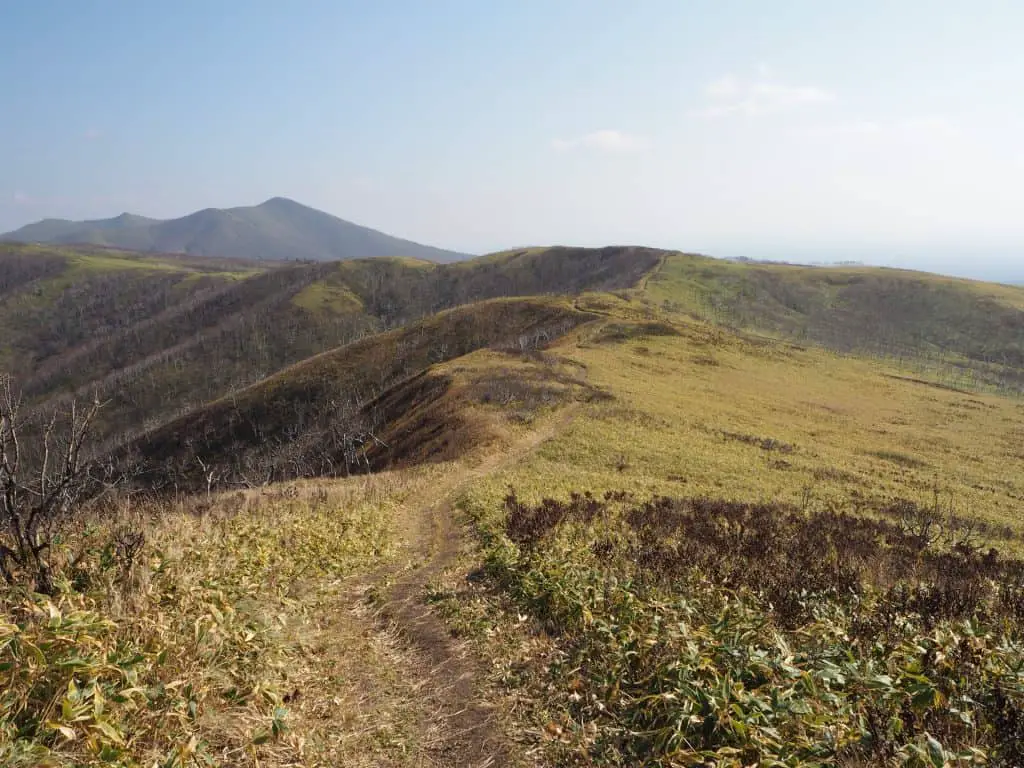
Thanks to its enormous countryside, Hokkaido is responsible for producing about half of Japan’s milk supply. According to Japan Guide around 60% is used for drinking and the rest will be used for other dairy products like cheese, yogurt, butter, etc.
Because of this production, Hokkaido is associated with having some of the best milk in the country.
Visitors to Hokkaido might also see dairy being consumed or sold more than in other places in Japan due to the long-running heritage of the dairy industry on the island.
Why is Hokkaido milk famous?
Cows have a far better quality of life in Hokkaido than in any other part of the country. This includes more land, fresher air, and a greener environment. This allows the cows to produce extremely high-quality, rich milk, and in turn, allows the farmers to charge more than anywhere else in Japan.
The Okinawa dairy industry
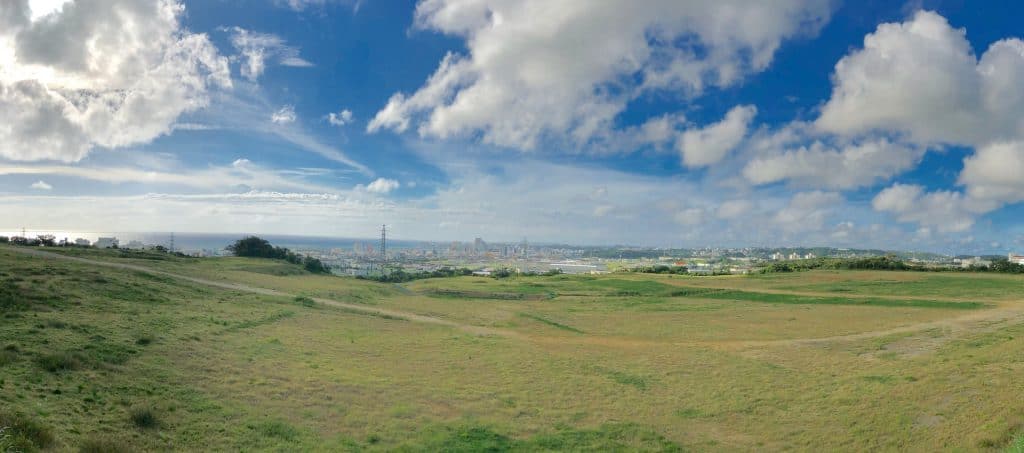
On the flip side, Okinawa milk production is actually decreasing according to Japan Update. This is because the number of dairy farmers who keep cows is diminishing.
In 2015 there were 4,375 milk cows which is 444 less than in 2014. The number of milk farmers has also gone down in the same period.
Another reason milk production is not so popular in Okinawa is that farmers are becoming increasingly concerned with how much milk products have been rising over the past decade or so. This can be put down to the overall decrease in demand for dairy products nationwide and seems only set to continue down this path for the foreseeable.
Royal Milk Tea

Now that we know a little bit more about the dairy industry in Japan, let’s have a look at how they use it in tea and what makes it unique.
As we know, there are different regional versions of milk tea in Japan and the two main ones we are looking at today are Hokkaido and Okinawa.
If you’re as research obsessed as I am, another name you may come across is Royal Milk Tea (ロイヤルミルクティー).
Royal Milk Tea was first invented by Lipton Japan in 1965 as a part of their ‘Royal Series‘. I’m unsure if this was supposed to be a limited series of Japanese milk tea or whether it was supposed to hang around, but it seems it took the latter option and is here to stay.
Some Royal Milk Teas could be considered Hokkaido Milk Tea, but that all depends on the ingredients used and the regions they come from.
For instance, this Nittoh Kocha instant royal milk tea powder is technically capable of making Hokkaido milk tea at home because it uses powdered Hokkaido milk. Whether you’d get the same flavor and experience, I don’t know, but I suppose it’s better than nothing?
What makes Royal Milk Tea different from Japanese Milk Tea?
Whilst standard milk tea uses a small amount of milk, royal milk tea uses a far bigger ratio. Technically they’re both ‘Japanese Milk Tea’, but this one just has a different, branded, name.
The sugar (or honey), the tea leaves, and the milk (make sure it’s creamy) are all boiled on the stove at the same time before it’s poured through a sieve and into a mug.
Many vending machines and convenience stores in Japan will stock takeaway bottles of royal milk tea as it’s an extremely popular drink throughout the country. I have a lot of friends in Japan who swear by this stuff!
The differences between Hokkaido and Okinawa milk tea
| Japanese Milk Tea Differences | Milk used | Tea used | Extras added |
| Hokkaido milk tea: | Fresh Hokkaido Milk | Assam | Caramel or Sugar |
| Okinawa milk tea: | Whole Milk | Assam | Kokuto (Healthiest sugar in the world) |
Hokkaido milk tea
As we’ve already discovered above, Hokkaido dairy is famous throughout the whole of Japan.
According to Daniel Food Diary the cows in Hokkaido are said to be happier and healthier because of the ‘fresh air, spacious land, and green environment’. It’s because of this that you can expect Hokkaido milk to be creamier and thicker than any you’ve tried before.
So by adding what is essentially a light cream to your tea instead of milk, the last of the finished drink is bound to be sweeter and richer than anything else.
As we can see from the table above, the final step in creating Hokkaido milk tea is adding caramel or sugar.
What does Hokkaido milk taste like?
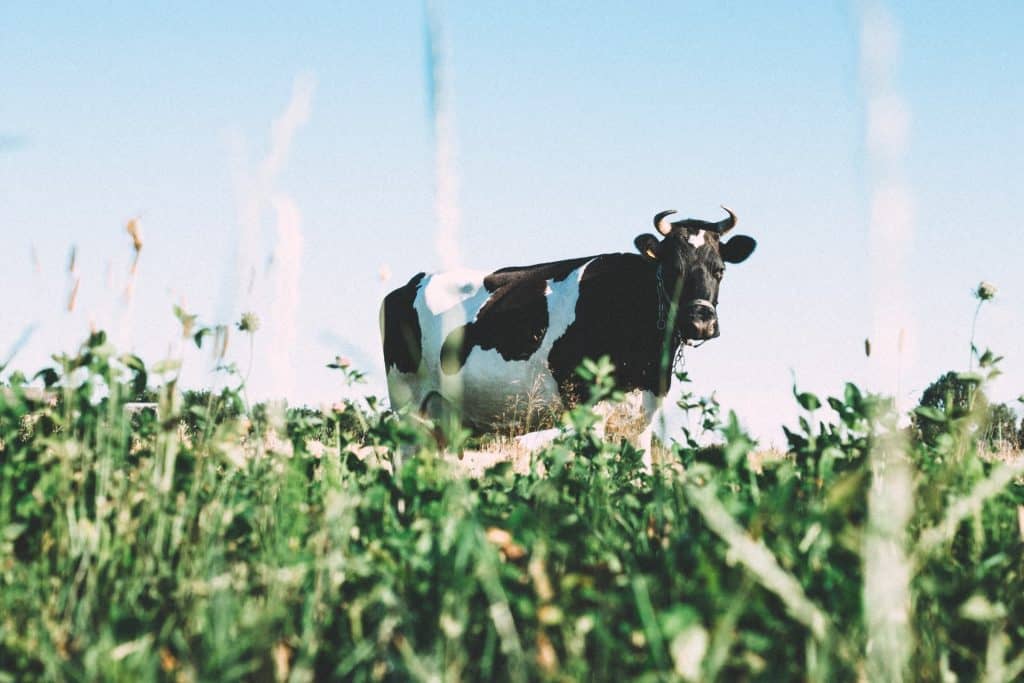
With an extremely rich and quality tea from the cows in Hokkaido, a hardy black tea like Assam, and either sugar or caramel to finish, Hokkaido milk tea has a distinct final taste to it.
You can expect your tea to be extremely smooth and creamy due to the Hokkaido milk with a hint of sweetness from the sugar (or caramel).
Okinawa milk tea
So whilst Okinawa milk tea doesn’t use Hokkaido milk, it’s still a worthy competitor to its northern brother.
Okinawa milk tea still uses good quality milk and similar tea leaf for its flavor profile, but its secret weapon comes in the form of Kokuto.
What is Kokuto?
Sadly I’m yet to try what’s considered the world’s most healthy brown sugar. Luckily the folks over at ChefShop have and they describe it as the following:
“Not solid or hard, it is soft and crumbly with a wonderful sweet taste. It has a texture, like maple candy, with a flavor that hints of licorice, light muscovado, and a subtle hint of molasses.” – Chef Shop
Well, I’m sold! Anything with a texture like maple candy gets my vote!
Kokuto was first made in the 17th century but has only recently gained a wider representation.
Its sugarcane is grown in Okinawa where it can be swamped with sunlight and minerals from the ocean. It’s because of this environment that Okinawa is able to grow Kokuto whereas the rest of the world simply would not be able to.
And so you aren’t likely to find this sugar anywhere else in the world which makes any food it becomes a part of far more unique and special. You can buy Kokuto to make your own Japanese milk tea, but I don’t think there’ll be anything like actually going to Okinawa to drink it. Plus, it’s a great excuse for a holiday down there!
Hokkaido milk tea vs Okinawa milk tea: Which one should you pick?
If you’re looking for a world-famous drink that’s a little sweeter and deeper in its flavor profile, go for Hokkaido Milk Tea. If you’re looking for the most unique and rare drinking experience I would suggest trying the Okinawa Milk Tea due to its Kokuto sugar.
Honestly, I don’t think you should limit yourself to just one. If you can’t get to Japan, grab yourself some powdered Hokkaido milk, and some Kokuto sugar, and have a Japanese milk tea party! …Invite me though, please!
Where can I find Hokkaido and Okinawa milk tea?
Obviously, it’s all well and good knowing which one you want to try (or realizing you want both!), but none of that matters if you can’t find out a way to get your hands on the ingredients.
In Japan
This is obviously the easiest way to get your hands on Japanese Milk Tea. Your best bet would be to visit each of the two locations and find a nice independent café for the best tea-drinking experience.
Konbini
If you’re limited on time or money you could visit your local 7-Eleven and pick up a pack of powdered tea to take with you on the rest of your journey or even back home.
I’ve seen both Okinawa Milk Tea and Hokkaido Milk tea for sale at a few Konbini and other shops in Tokyo, so it’s fairly easy to purchase if you aren’t planning on heading too far north or south.
Vending Machine
Your final option to find Japanese milk tea in the country would be to use a vending machine. Whilst this won’t be the best way to experience tea and may not be the best quality you’ll ever taste, it’s the easiest and quickest way to try Japanese Milk Tea if you’re stuck in the city.
Online Stores
You’ll find a number of online shops selling powdered milk Hokkaido and Okinawa milk tea. The easiest for many will probably be amazon. You might be better off ordering a few bits directly from Japan if none of that takes your fancy. Take a look at the link below if you want to learn the best way to order Japanese tea bits and bobs from Japan.
Just looking for the best online Japanese stores? We’ve got an article for you, too!
Make it yourself
If you’d rather craft Japanese milk tea yourself, then there’s no reason why you can’t!
Unfortunately, I’m not the best person to help you make a Hokkaido milk tea or Okinawa milk tea recipe, but Talkboba have you covered with theirs!
Hokkaido Milk Tea Recipe
- 1-1.5 Cups of black tea (Assam recommended)
- 1/4-1/2 cup of Hokkaido milk (You can buy powdered from amazon here)
- 2 Tbsp of sugar / syrup
Okinawa Milk Tea Recipe
Here’s a great recipe I found by Honest Food Talks:
- 3 tablespoons of loose-leaf Assam tea
- 400ml of milk
- 2 cups of water
- 80g of Okinawa brown sugar
- 4 tablespoons of tapioca pearls
Let me know if you enjoyed your Japanese milk tea!
In the battle of Hokkaido vs Okinawa milk tea, I’m always going to be a fan of matcha more than either of them, but it’s always interesting to explore all the options a country has rather than just finding your favorite meal and sticking with it.
Katsu curry lovers, I’m looking at you! 😉
That said, I’m planning on taking a trip to Okinawa in the Summer of 2023 and have already booked a trip to Hokkaido in February of 2023 so I’ll give both of them a try!



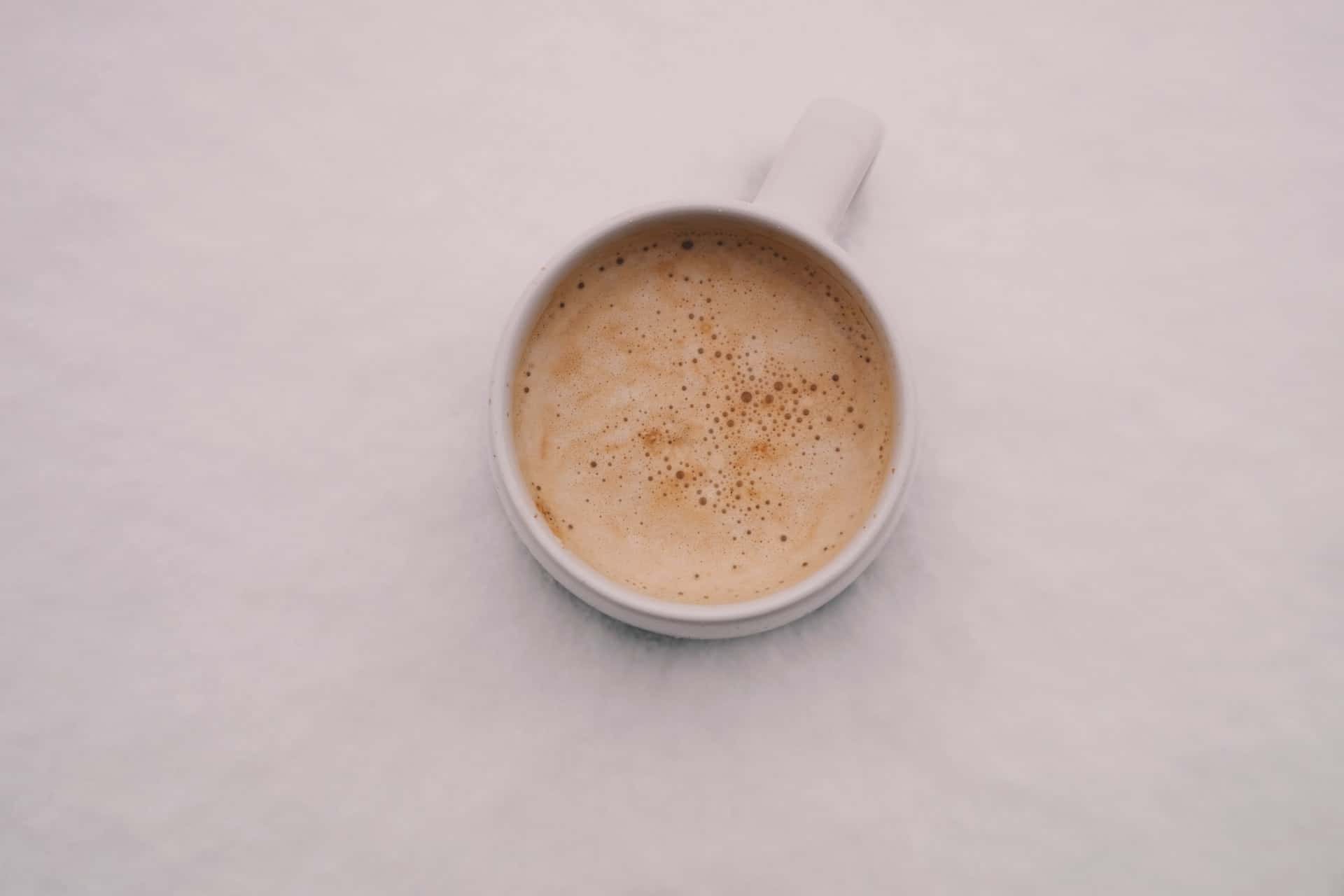
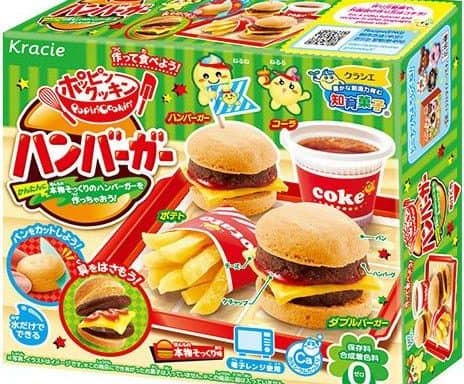
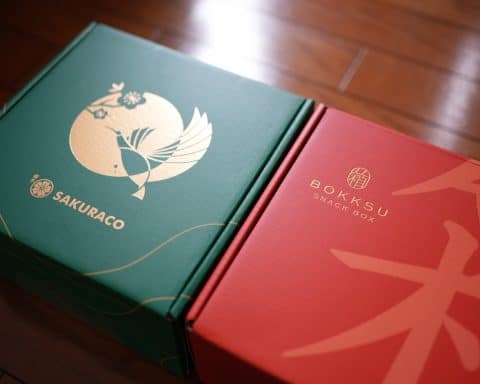
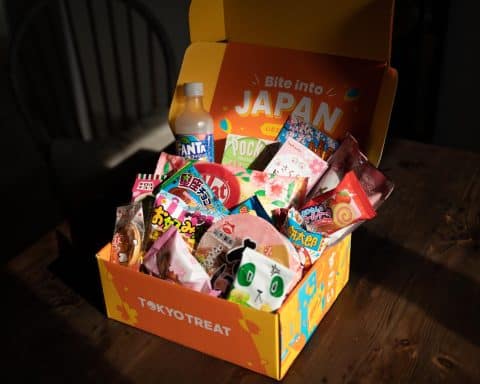
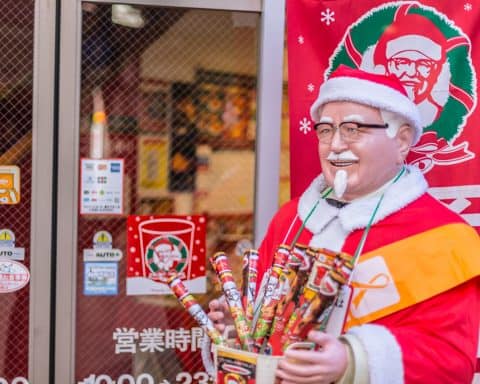
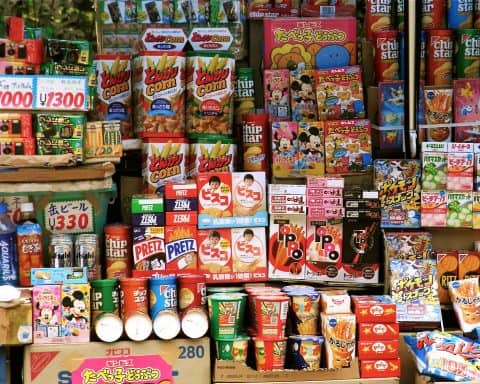

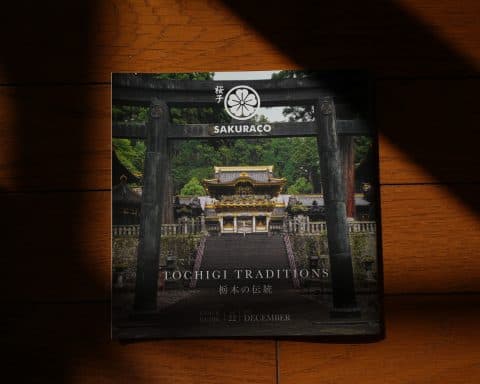



Anything tea gets my attention. I loved reading this article with all the new information ( new avenues in the tea land as I never heard or read about Hokkaido and Okinawa teas) . I liked the practical tips offered regarding preparation of these special teas.
I agree! It’s something I’m bound to try next time I’m in Japan. Who knows, it may even replace my matcha addiction haha!